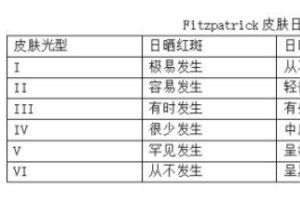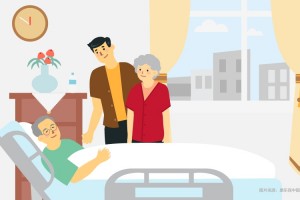Resting postures such as squatting or kneeling may be better for health because they require more muscle activity than sitting on a chair, researchers claim.
研讨人员指出,蹲或跪这样的歇息姿态或许更有益健康,由于这些姿态比静坐在椅子上需求更多肌肉活动。
The findings are based on data gathered from a hunter-gatherer population in Tanzania who wore devices that measured physical activity as well as periods of rest.
该研讨发现根据从坦桑尼亚的一个游猎搜集部族搜集来的数据,这个部族的人佩带了设备来丈量他们的膂力活动和歇息时刻。
Anthropologists from the US found that despite being sedentary for almost 10 hours each day, equivalent to clocking a shift in the office at the desk, the Hazda people appeared to lack the markers of chronic diseases associated with long periods of sitting.
美国的人类学家发现,虽然哈兹达部落的人每天停止不动的时刻将近10个小时,相当于在工作桌前上一天班,但他们好像没有久坐带来的慢性病痕迹。
They believe this is down to the ‘active rest postures’ used by the tribe.
人类学家认为,这是由于该部落选用的“活跃歇息姿态”。
Dr David Raichlen, a professor of biological sciences at the University of Southern California’s Dornsife College of Letters, Arts and Sciences, and lead author on the study, said: ‘Even though there were long periods of inactivity, one of the key differences we noticed is that the Hadza are often resting in postures that require their muscles to maintain light levels of activity – either in a squat or kneeling.’
该研讨的首要作者、美国南加州大学多恩西夫文理学院的生物学教授戴维·瑞奇兰博士说:“虽然哈兹达人停止不动的时刻长,但咱们注意到一个重要差异:他们常常选用需求略微运动肌肉来坚持的歇息姿态——要么蹲着,要么跪着。”
Prolonged sitting has been linked to an increased risk of cardiovascular disease and death, but according to the researchers, this contradicts the evolutionary aspect which favours strategies that conserve energy.
久坐会导致心血管疾病危险增高和逝世,但研讨人员指出,这有悖于偏好保存能量战略的进化论。
Brian Wood, an anthropologist at the University of California, and one of the study authors, said: ‘Preferences or behaviours that conserve energy have been key to our species’ evolutionary success.
该研讨的作者之一、加州大学的人类学家布莱恩·伍德说:“保存能量的倾向或行为关于人类进化的成功很要害。”
‘But when environments change rapidly, these same preferences can lead to less optimal outcomes. Prolonged sitting is one example.’
“可是当环境敏捷变化时,这种倾向却不会导致最佳成果。久坐便是一个比如。”
To find out more, the researchers looked at the data from 28 Hadza adults who wore devices, known as accelerometers, for eight days and compared it with the information gathered from previous studies that measured inactivity in modern working populations.
为了进一步了解本相,研讨人员查看了来自28名佩带加速度传感器长达八天的哈兹达成年人的数据,并将其与从前丈量现代劳动人口停止状况的研讨搜集到的信息作比较。
They found that their test subjects had high levels of physical activity for just over an hour a day alongside several hours of inactivity, between nine to 10 hours a day. But despite remaining in resting postures for long periods of time, the Hazda people did not show any signs of the health conditions associated with a sedentary lifestyle.
他们发现,他们的测验目标一天从事高强度膂力活动的时刻刚过一小时,而不动的时刻长达数小时,每天有9到10小时的(清醒)时刻是停止不动的。可是,虽然长时刻坚持歇息姿态,哈兹达人并没有显现出任何和久坐生活方式相关的健康问题的痕迹。
The researchers said, it is because the Hazda squatting and kneeling uses more muscle movement than sitting on a chair.
研讨人员称,是由于哈兹达人蹲和跪的姿态比坐在椅子上需求更多的肌肉运动。
They believe these active rest postures may help ‘protect people from the harmful effects of inactivity’.
他们都认为,活跃的歇息姿态或许有助于“维护人们免受停止不动带来的有害影响”。
Dr Raichlen said: ‘Being a couch potato – or even sitting in an office chair – requires less muscle activity than squatting or kneeling.
瑞奇兰博士说:“做一个沙发马铃薯——或坐在工作椅上——需求的肌肉活动都比蹲或跪少。”
‘Since light levels of muscle activity require fuel, which generally means burning fats, then squatting and kneeling postures may not be as harmful as sitting in chairs.’
“由于少数肌肉运动需求耗费能量,一般这在某种程度上预示着焚烧脂肪,所以蹲和跪的姿态或许不像坐在椅子上那么有害。”
The study is published in the journalProceedings of the National Academy of Sciences(Pnas).
该研讨宣布在期刊《美国国家科学院院刊》上。






